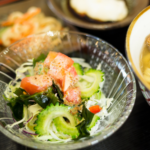This is one of my most requested blog posts and I’m finally delivering. Some of the most frequently asked questions I get in my DMs is: How hard is it to be vegetarian in South Korea? What do you cook at home? What recipes do you use? Is it easy to be vegetarian in South Korea? Is vegetarian food available in Korea? What can I eat in Korea if I’m traveling there?
Being a vegetarian in Korea or being a vegan in Korea is no easy feat, but it can be done. Ever since I made the choice to stop eating meat, I have been privy to a more energetic and healthier life. So I’m going to share my life hacks with you on how to be vegetarian in South Korea.
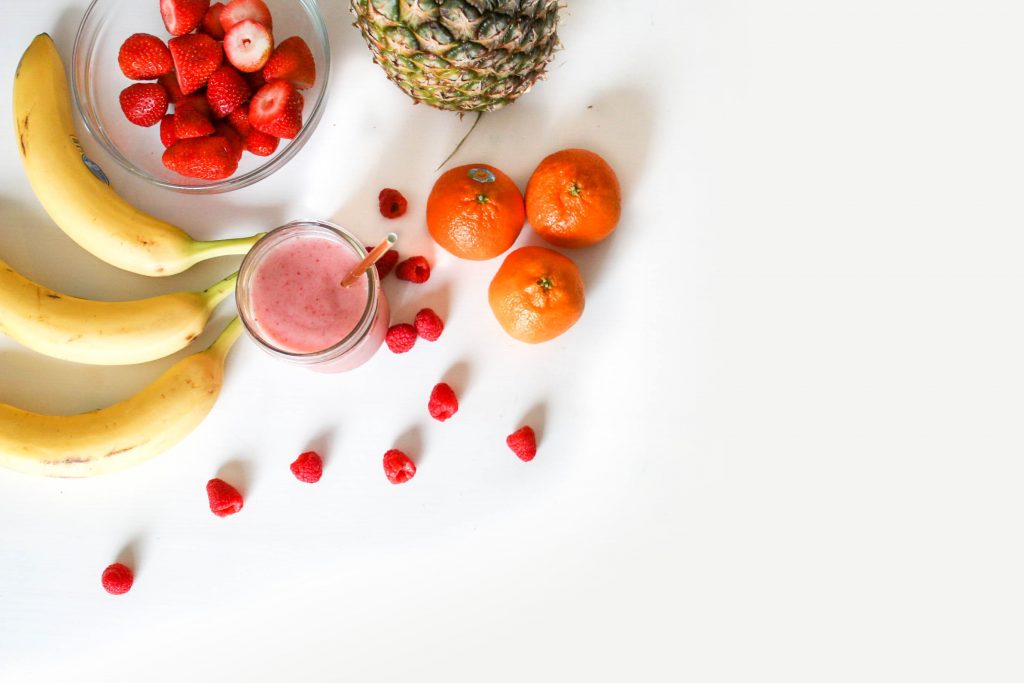
Blog Posts You Might Like
- 100 Things To Do in Seoul
- Korean Phrases for Vegetarians and Vegans
- Vegetarian Korean Food Recipes
- Sanchon: Korea’s Most Famous Temple Food
- Strawberry Salon with Barbie
- Top Vegetarian Eats in Seoul
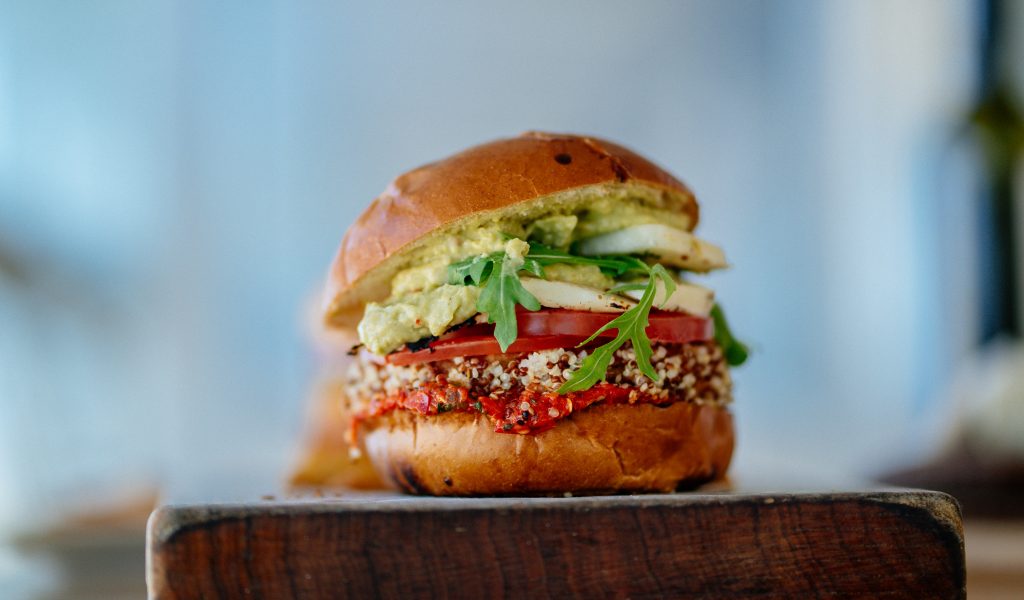
Frequently Asked Questions
Are there vegetarians in Korea?
Yes! The trend to be vegetarian in Korea is slowly but surely rising! As of 2017, there are 1.5 million vegetarians in South Korea. The definition in Korea is very loose, so I recommend learning to say what you do and do not eat.
Can a vegetarian survive in South Korea?
Yes, but it will be very, very hard. It depends on how strict of a vegetarian you are. If you absolutely will not bend and eat seafood products, then you’re going to have a very tough time. Most restaurants have soups with broth made with fish or crab. You’ll have to tell your friends you’ll meet them later, dine at a restaurant with vegetarian options, or find western food.
Is vegetarian food available in Korea?
Absolutely! Because there are more and more vegetarians popping up for health or choice reasons, there are tons of restaurants in Seoul that cater to this lifestyle choice. There’s also a vegetarian meal delivery service in Seoul called Sprout. Also, be aware that many foods in Korea contains some sort of fish or animal product. Depending on how strict you are, this may cause problems when eating in South Korea.
How easy is it to be vegetarian in Korea?
Sadly, you’re going to have to work a lot harder to stick to your diet in Korea than you would anywhere else. It’s getting easier, but nothing compared to your home country.
I’m being quite candid when I tell you it’s really annoying to have to order a lot of things online. (Of course at least there is that option, but convenience and instant gratification.) There is no Trader Joe’s or Whole Foods where you have mountains upon mountains of organic, vegan, and vegetarian choices.
In my opinion, Koreans are smaller humans genetically and not so predisposed to being overweight. They don’t really need to stay vigilant about their diets because 1) Mommy cooks all their meals for them until they’re in their late 30s-40s and 2) any and all ingredients they’re used to cooking with are readily available.
Is Korea vegan friendly?
Not really. Vegans have a much, much harder time than vegetarians in South Korea. If you’re in Seoul or Busan, there are many vegan restaurants to choose from. Everywhere else in Korea is where it gets super tricky.
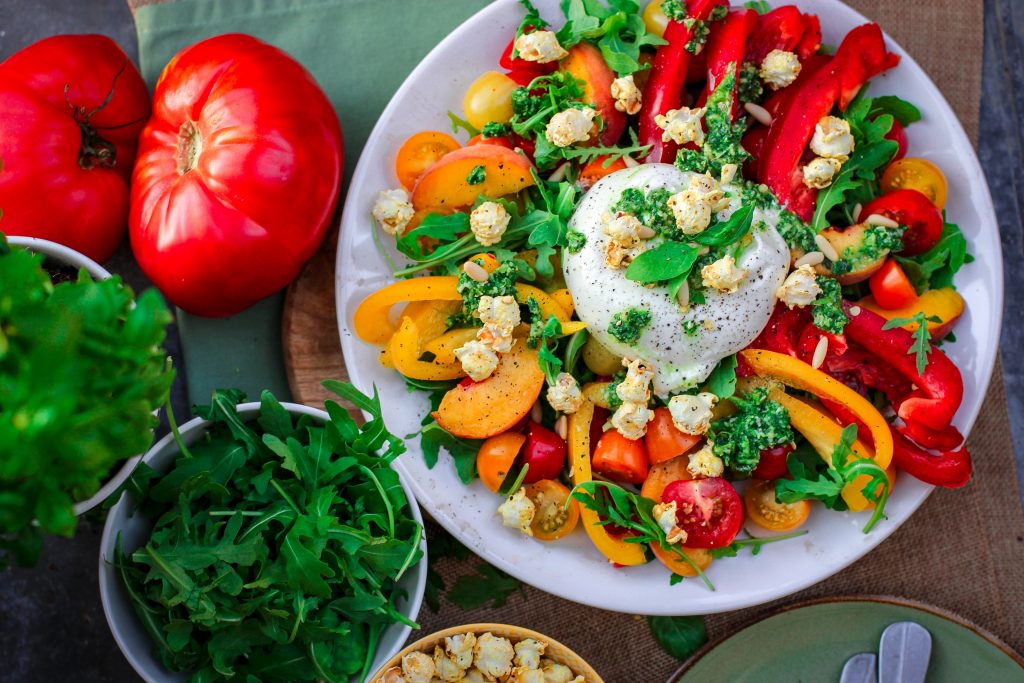
Korean Vegetarian Vocabulary
If you want to survive by being vegetarian in South Korea, then you gotta learn the language. A lot of older people are legitimately baffled when you tell them you don’t eat meat. While vegetarianism and veganism is a growing trend, it’s not as popular as in the West.
- 저는 채식주의자입니다 (Jeo neun chaeshikju ouija obnida) – I am vegetarian.
- 고기는 있습니까? (Gogi neun isbnikka?) – Is there meat?
- 고기 안 든것 있어요? – (Gogi ahn deungeot isseoyo?) Do you have anything without meat?
- 고기는 빼주세요 (Gogi neun bbae jusaeyo) – Please take out the meat.
- 밥이랑 야채만 주세요 – (bap i rang yachae man juseyo) Just rice and vegetables please.
- 저 돼지고기 안 먹어요. (Juh dwaejigogi ahn meogoyo). – I don’t eat pork.
- 버섯 더 주세요. (Buhsuht duh juseyo) – More mushrooms, please.
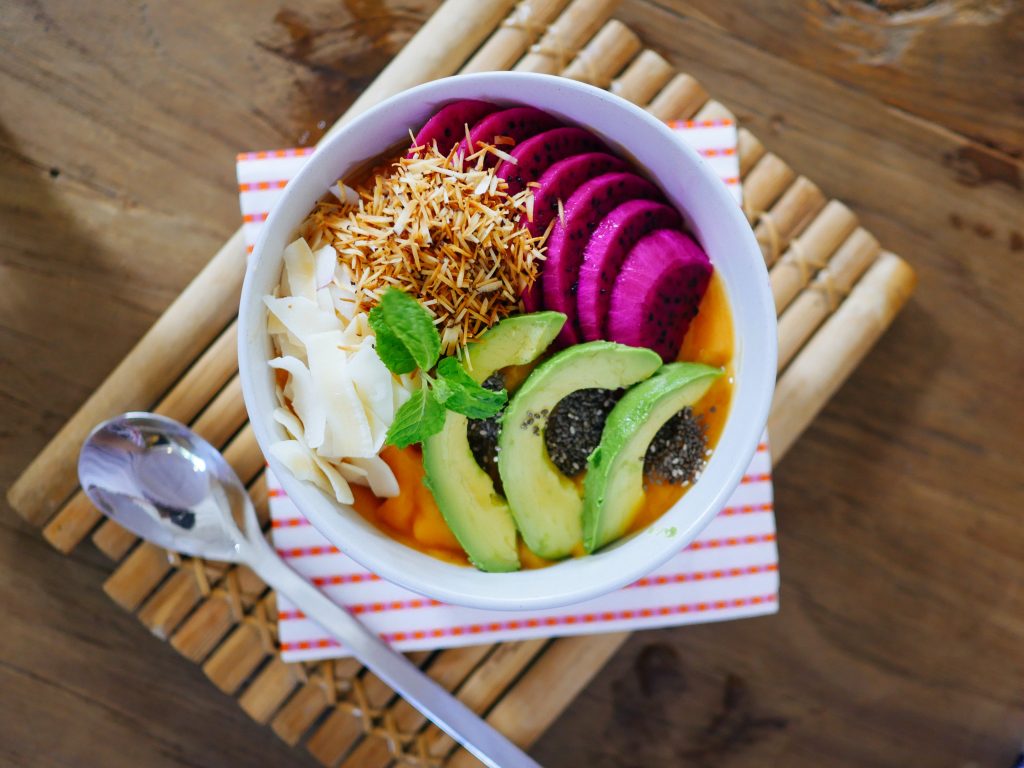
My Favorite Vegetarian/Vegan Restaurants in Seoul
- Huggers (Itaewon) – Who doesn’t love hamburgers? When I first went vegetarian, this was something I actually missed the most. They serve up some mean vegan burgers.
- Plant Cafe (Itaewon) – This one of my absolute favorite restaurants EVER in Seoul. Their menu is extensive and everything you get is magically delicious. The vibe there is so chill and they are pet friendly so bring your furry friend along!
- Taco Amigo (Itaewon) – I’m half Mexican and when you have a craving for an amazing enchilada… You just gotta have it. A lot of their menu items have added vegetarian and vegan options so this is the place to go!
- Flying Pan (Itaewon) – Hands down, this is one of the BEST places for brunch in Seoul. They have a huge menu so you can get down with your American values of choice.
- Oh Se Gae Hyang (Gwanghamun) – If you want to truly experience Korean food without worrying about any animal byproducts, then this is the place to go! They have the best vegetarian Korean food in all of Seoul.
- March Rabbit (Sinsa) – Sometimes you just want a good salad or a panini. March Rabbit makes all their food on a separate grill from their meat options so your carnivorous friends can join you here.
- B’mucho Cantina (Hongdae) – This is the most AUTHENTIC and BEST Mexican joint in all of Asia. I’m not even joking. One of my favorite Mexican comfort foods growing up was enfrijoladas (which are hella fire at B’mucho Cantina). And to this day, eating it takes me back to that simple time. The restaurant is tiny and it’s run by a Mexican guy and his lovely Korean wifey. They have vegetarian options on the menu and are totally cool with taking meat out of their other foods.
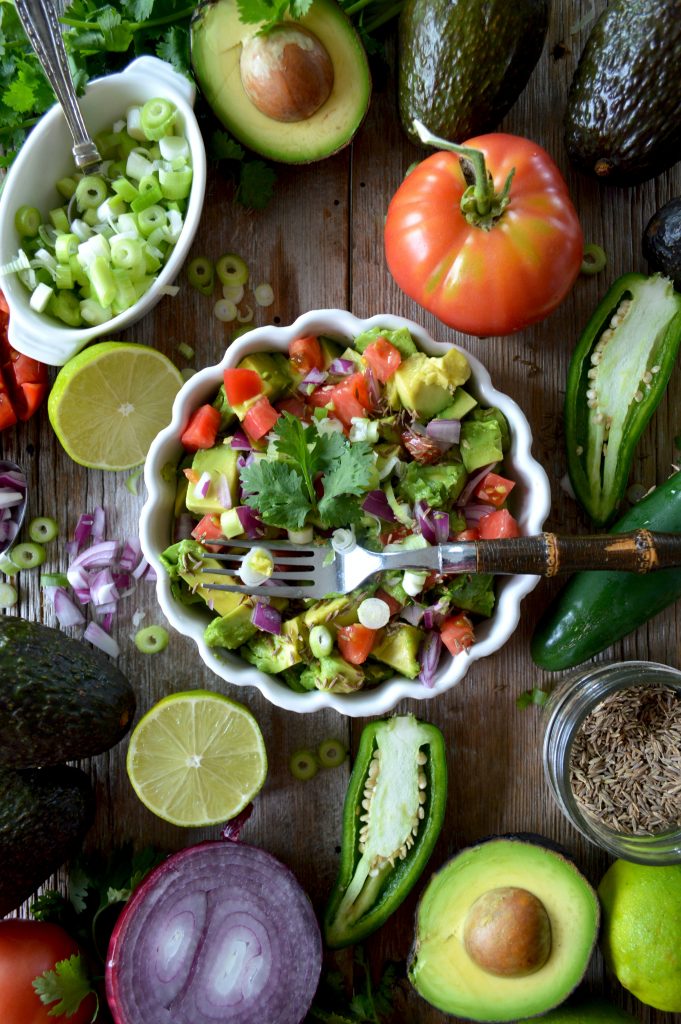
Vegetarian Korean Foods
Be prepared to eat a lot of noodles and rice. Carbs for days, my friends. If that’s your jam, then you’re absolutely going to love everything on this list.
Bibimbap (비빔밥)
One of my favorite Korean comfort foods, bibimbap is made with rice, vegetables, egg, and meat. You can easily ask the restaurant servers to remove the egg and meat to make it vegan. The best kind of bibimbap is served in a piping hot stone pot. It’s usually served with many vegetable side dishes like kimchi, radish, and pickled cucumber.
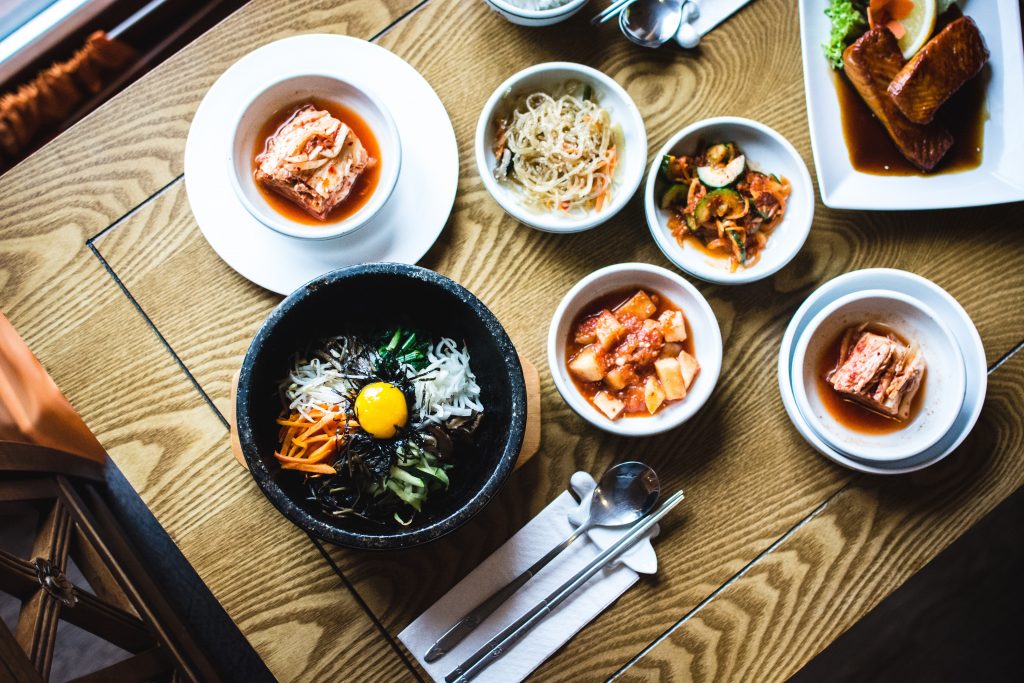
Mayak Kimbap (마약김밥)
These are mini rolls stuffed with veggies and wrapped in seaweed. It’s usually glazed over with poppy seeds and sesame oil and makes for a super tasty snack. Mayak means addictive. Once you start, you usually can’t stop eating them because they’re that addictive. It’s a speciality of Gwangjang Market (광장시장). If you’re ever in Seoul, I highly recommend munching on them.
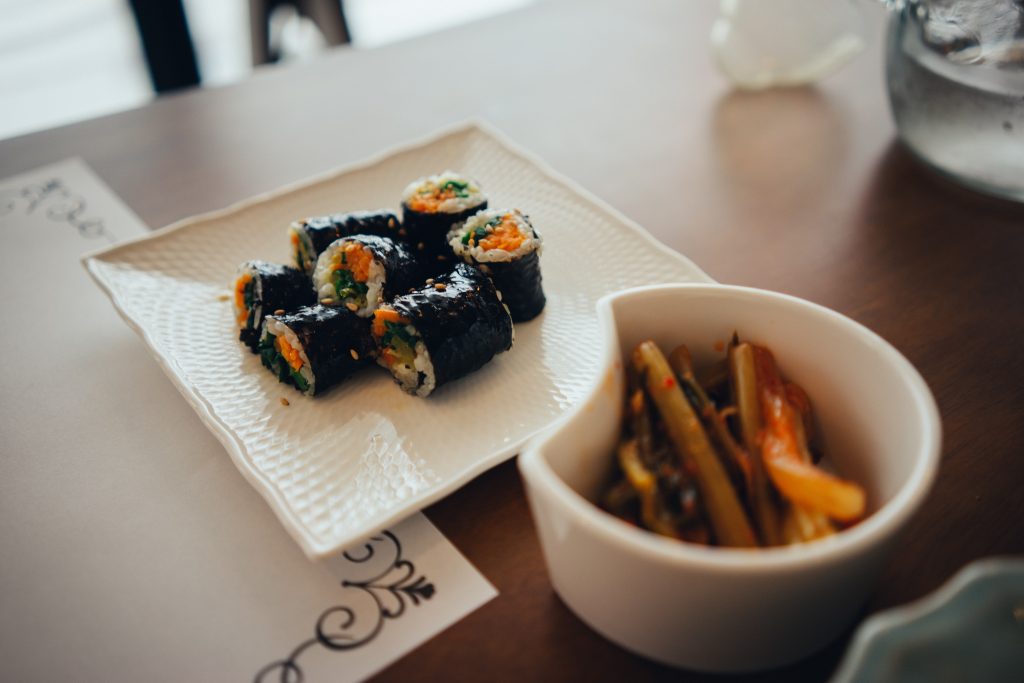
Japchae (잡채)
This dish means mixed vegetables but the main ingredient is sweet potato starch noodles aka glass noodles. It’s usually paired with pork or beef, but again, you can ask for it to be taken out or find places that don’t add meat.
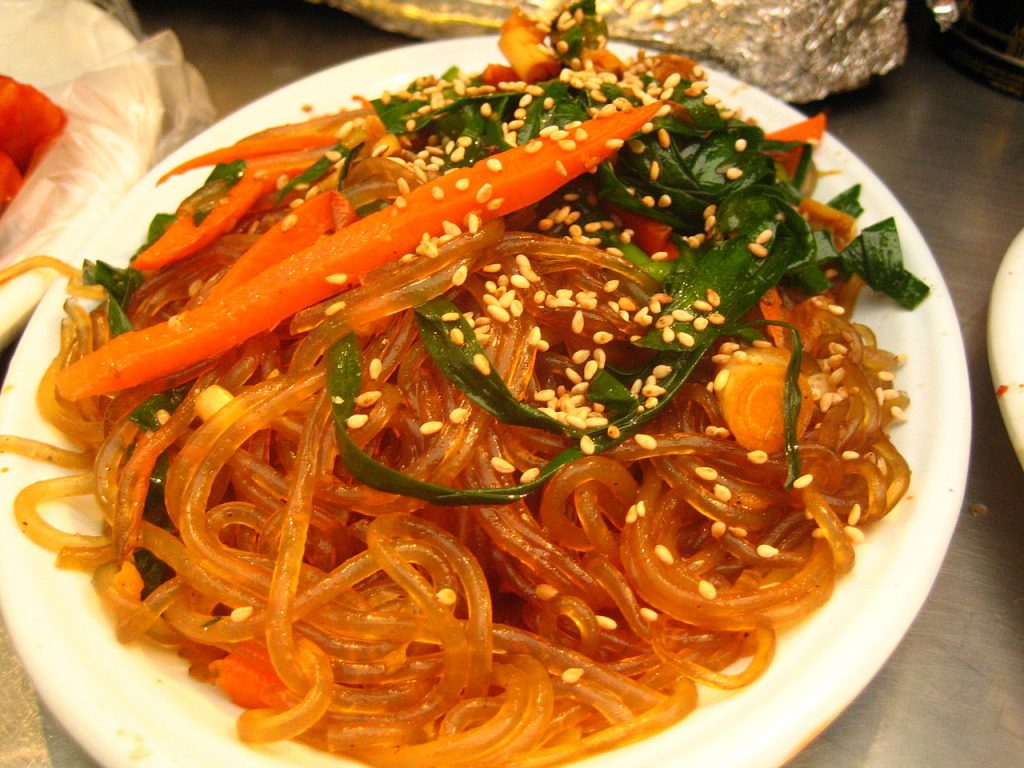
Tteokbokki (떡볶이)
If you cannot handle spicy food, this should never be your first choice. Even though I am a lover of all things hot, this causes me to break out in a sweat. Tteokbokki is rice cakes cooked in gochujang or spicy pepper paste. You’ll find varieties with fish cakes and egg in them as well.
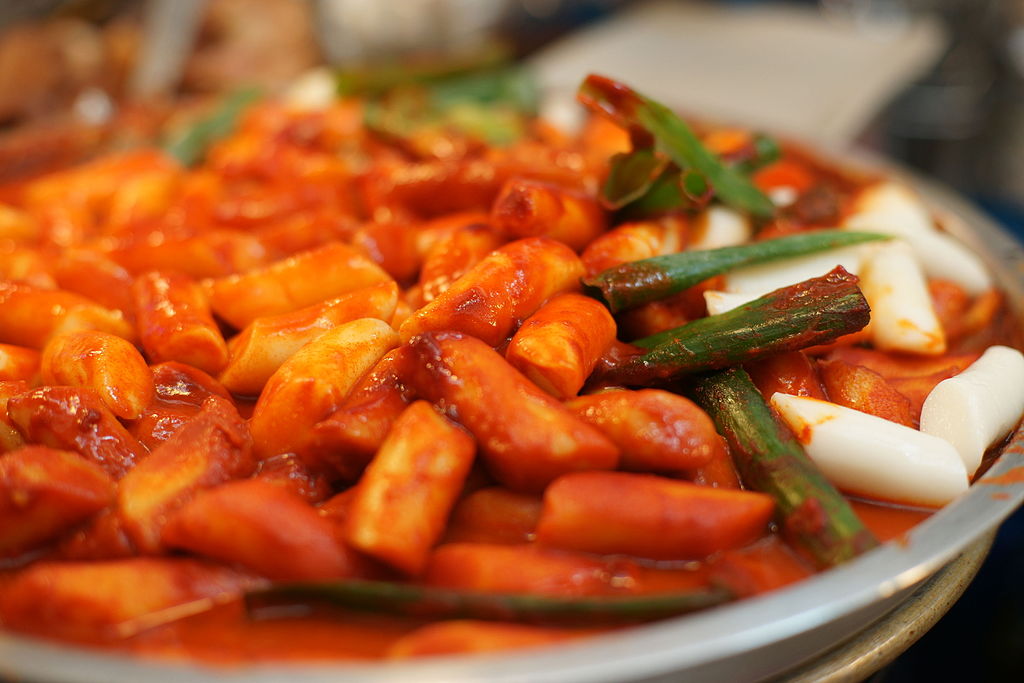
Naengmyeon (냉면)
This is one of those damn delicious foods you eat during summer in Korea. Naengmyeon is usually made with buckwheat noodles but glass noodles can also be used. It is served in a vinegary sweet cold broth. It’s typically made with beef broth, but I thought I should mention this dish here because it’s so darn good. You can also make a vegetarian naengmyeon with this recipe.
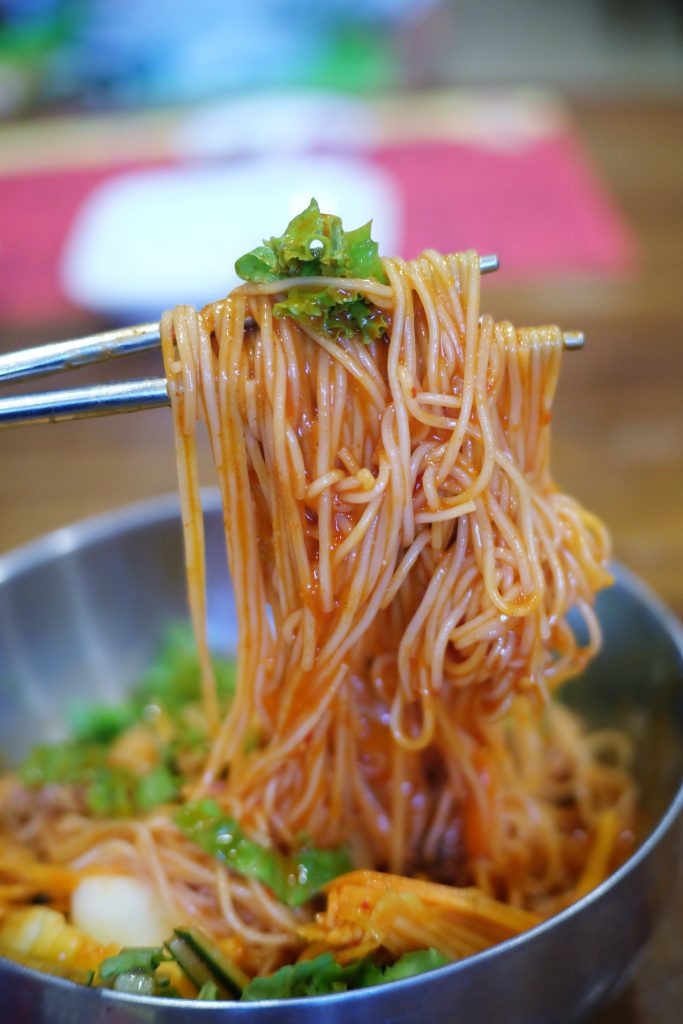
Ramyeon (라면)
Ramyeon as it is called in South Korea is a spicy instant noodle dish in a spicy or savory broth. If you’re wondering what the different between ramen and ramyeon is, one is Japanese and the other is Korean. (Because you know, Korea has to be special.)
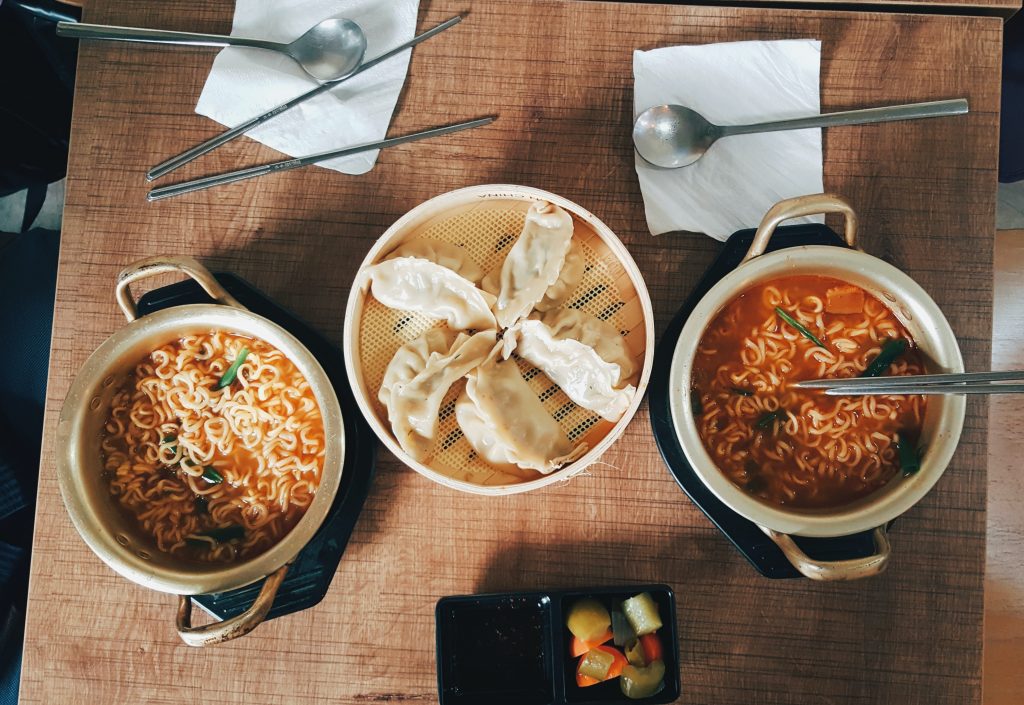
Pajeon (파전)
This is a dish made from wheat flour, rice flour, scallions, and egg batter. It can be made with vegetables, seafood, and meat. You’ll often see this dish at the markets and especially at festivals.

Egg Bread ( 계란빵)
This is a favorite of mine whenever I’m walking the streets in Myeongdong. You’ll see many food vendors selling this popular and tasty treat. The bread is a bit sweet and the egg is savory so it’s a perfect light snack.
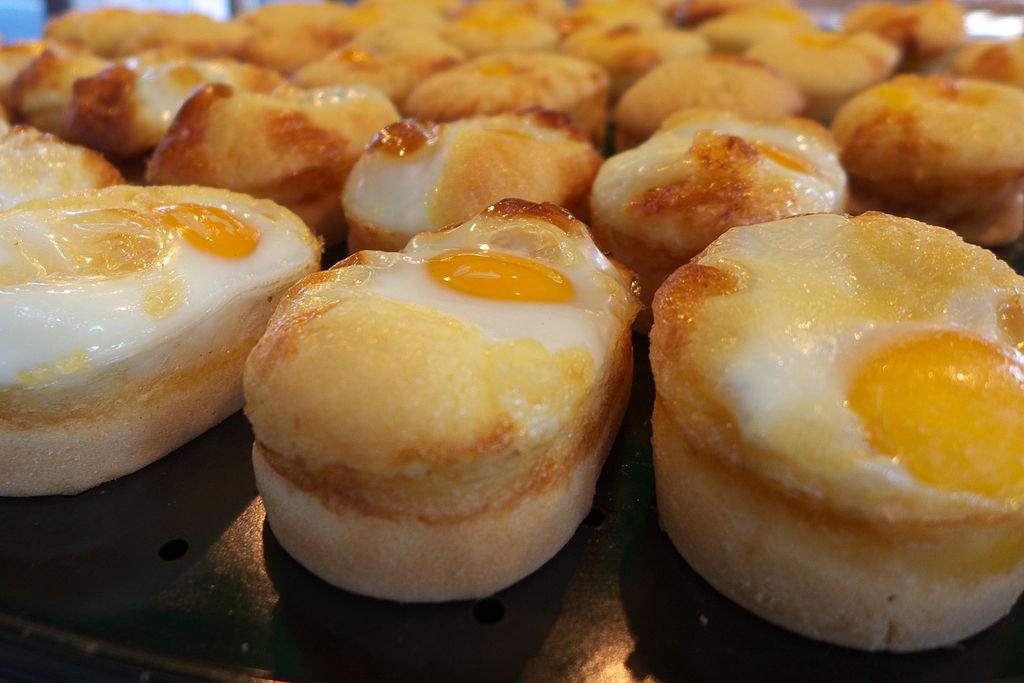
Try a Temple Stay
Wanna get down with the monks? I’ve done several temple stays in South Korea and they’ve been absolutely amazing each time. As you know Buddhist monks are vegetarian so expect to eat a lot of Korean vegetarian temple food. Trust me, it’s good. You can try a temple stay at Jogyesa Temple in the heart of Seoul or Bongeunsa Temple in East Seoul.
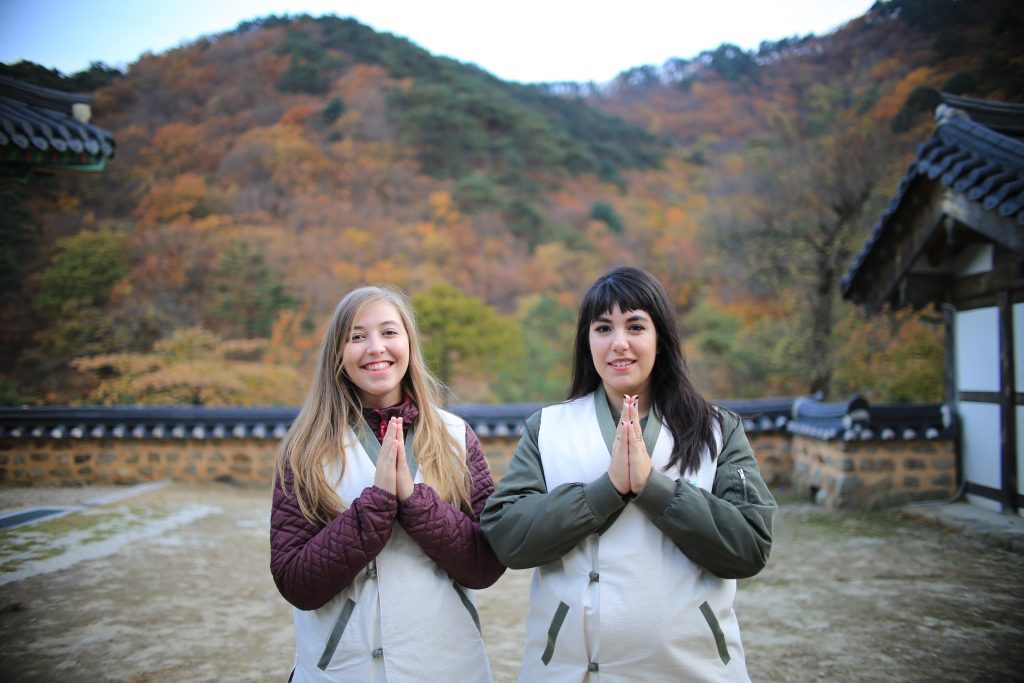
Sprout Plant Based Delivery Service
Whether you’re vegan, vegetarian or just looking for healthier alternatives, I highly recommend Sprout Seoul. Sprout was founded in 2015 by a registered holistic nutritionist who wanted to promote a diet made of whole food natural ingredients. Most of the meals avoid processed, chemicals, and additives to bring you the healthiest options.

What To Order Off Gmarket
There is one vegan shop that I constantly order off in Korea and it is Vegefood. I often order the “chicken nuggets” because that’s one thing I miss from my meat eating days. Many of their foods are made with soy and the texture is just perfect! Vegefood also has a variety of other meats and options to suit your pallet.
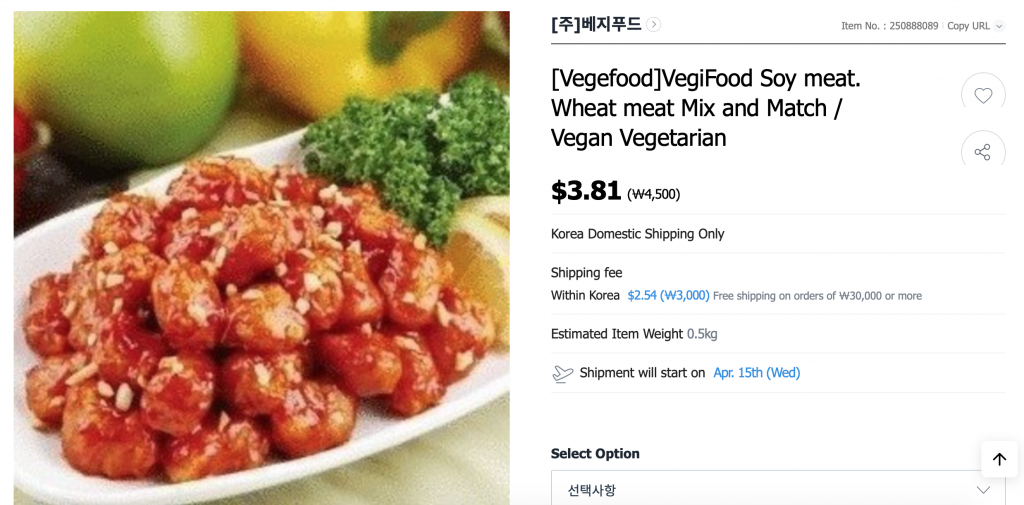
Useful Facebook Groups
If you’re moving to Korea, want to make vegetarian/vegan friends or find tips for being vegetarian in Korea, then check out these Facebook groups.
- Seoul Veggie Club – This group has people selling their delicious baked veggie goods, posting links to restaurants, and overall tips for your veggie lifestyle.
- Busan Veggie Club – This group is for vegetarians or vegans who want to get together to meet up and eat at restaurants, share tips, and interact with others who share the lifestyle.
- Vegan Korea – This group is to share vegan books, resources, recipes and restaurants in Korea.
- Vegan-ish in Korea – This group is for anyone interested in veganism.
- Seoul Vegan Potluck – This is a monthly meetup group for everyone who is vegan to get together, share food, and interact.
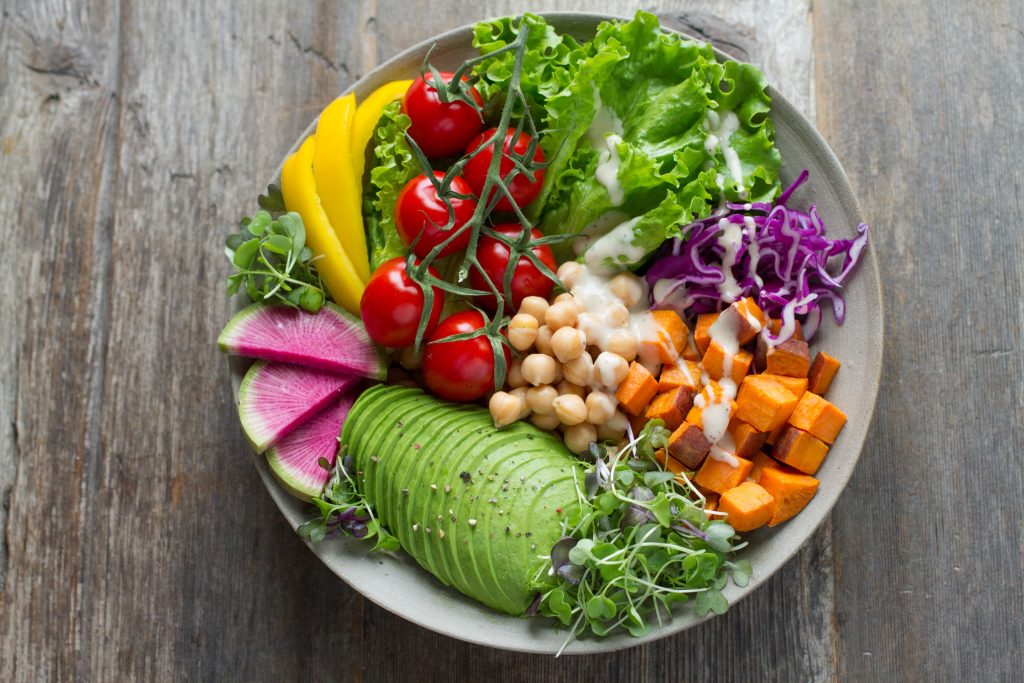
Vegan/ Vegetarian Websites
- Fatbag Korea – This website has vegan cheese as well as corn tortillas and other vegan options.
- HappyCow.Net – Used for finding all vegetarian/vegan restaurants in Seoul.
- Coupang – If you need foreign food or certain ingredients, Coupang will usually have it.
- iHerb – I have ordered from this website several times and I find it super useful when ordering organic herbs and spices. I’ve also gotten my vegan protein powder from here.
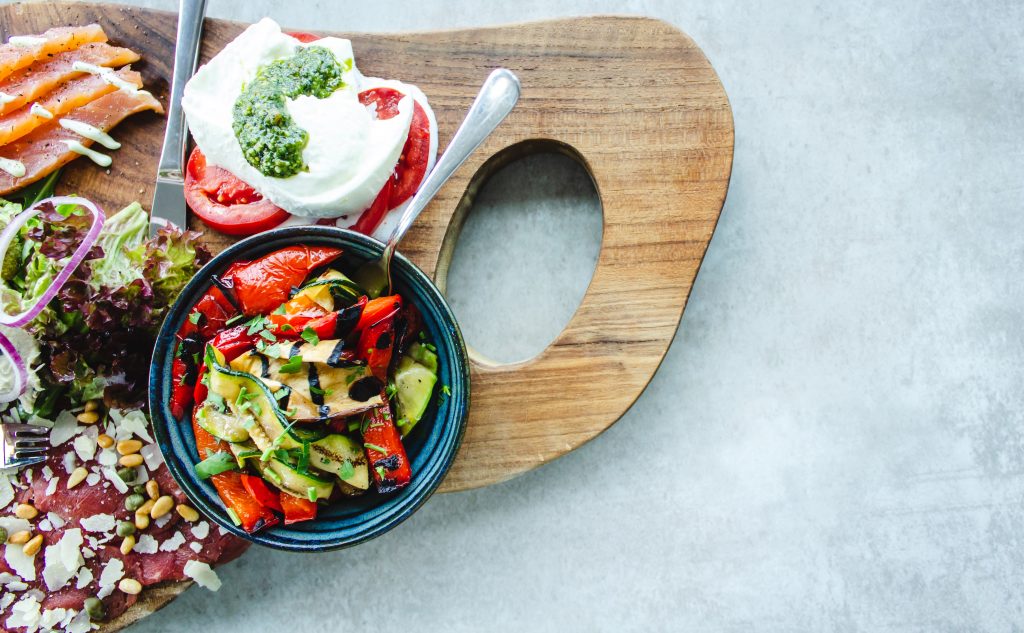
What I Cook at Home
Many of you are super curious as to what I cook at home. I honestly prefer cooking at my own house because then I can make foods to my taste and liking. There are just some comforts from home I refuse to leave behind.
For whatever reason, many Koreans seem to think Western food has a lot of sugar in it. So when I tell you spaghetti sauce, pizza sauce, and tacos have tasted sweet to me… I wish I was joking. I feel many westerners share the same sentiment as me when we prefer our food salty and our sweets, sweet.
So here is a list of my favorite foods to cook at home and the links to recipes to go with them. A lot of the ingredients I use to cook can be found at Homeplus and Emart.
Avocado Toast
This is one of my favorite power breakfast foods. (And even though I’m from Chicago, I’m a bougie Cali girl at heart.) Since avocado contains healthy fats and egg is a great source of protein, you can’t go wrong with this. I eat my toast on grain bread.
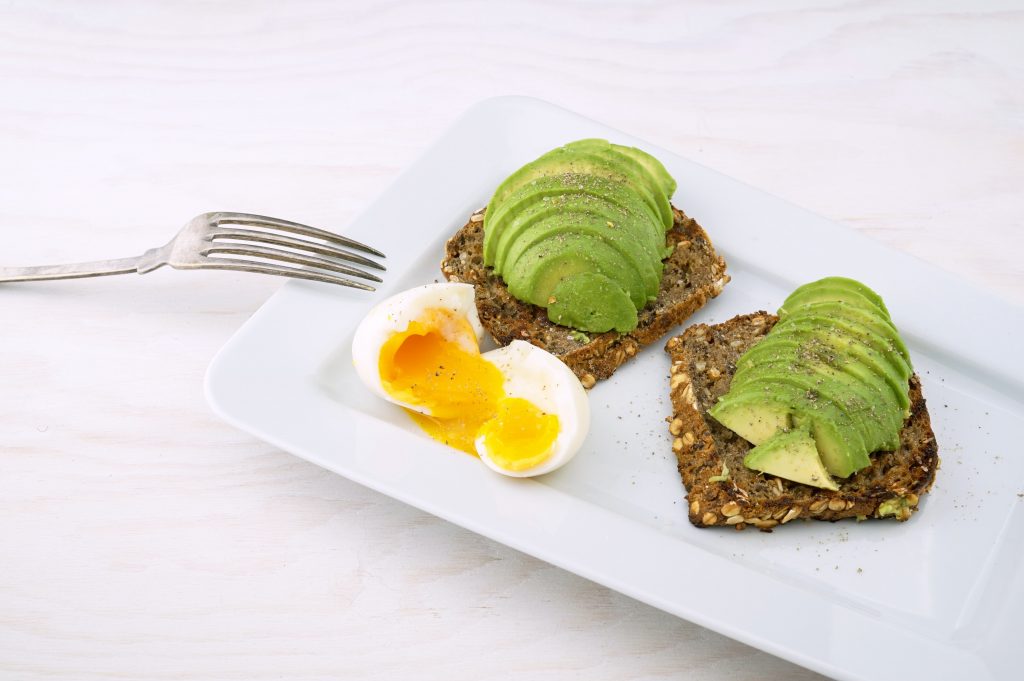
Bean Burger
For whatever reason, this is my favorite thing to eat in the summer. I can easily find black beans at the Homeplus, but if you can’t here is a link for canned black beans. The bean burger gets topped with lettuce, avocado, and onions. I usually eat this with potato wedges and I’m super full after. Here is the recipe for my favorite vegetarian black bean burger.
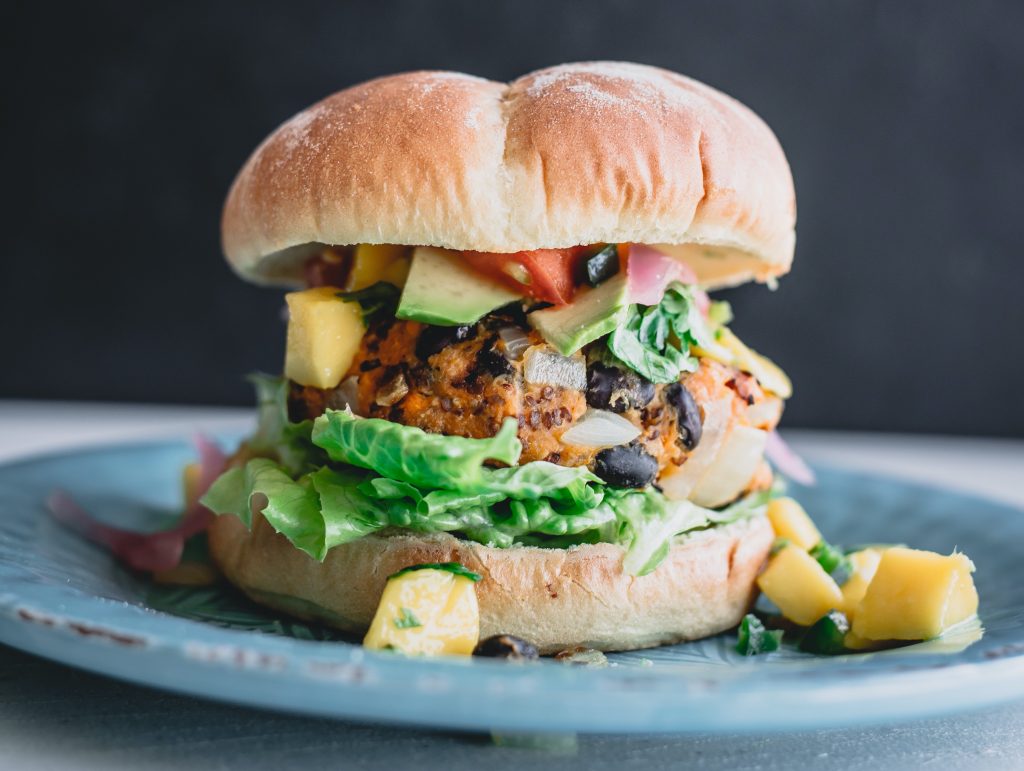
Potato Wedges
One of my most guilty pleasures in the world is French fries. I love them and if you put an entire plate in front of me, I WILL eat it all. Obviously this isn’t a healthy obsession so whenever I have an unstoppable craving, I use this vegetarian potato wedges recipe to help out.
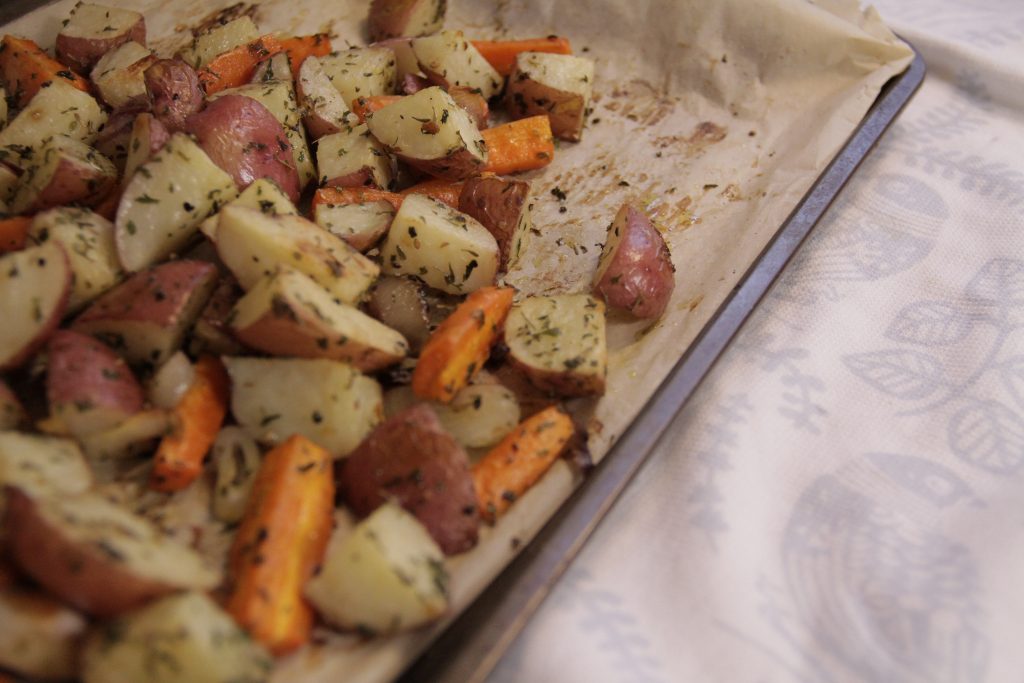
Mac and Cheese
Is there nothing more comforting than a warm and hot bowl of mac and cheese. I am American at heart so this vegetarian mac and cheese recipe can be oh so comforting.
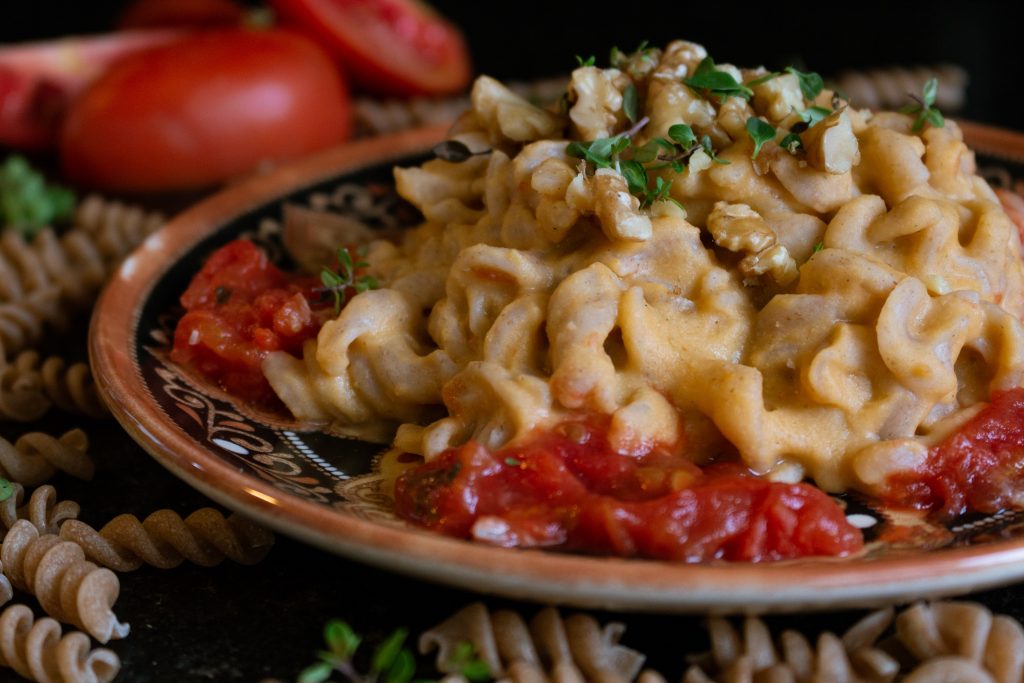
Easy No Bake Pumpkin Pie
Autumn is my favorite season and it’s just not the same without pumpkin pie for me. One of the toughest ingredients to get your hands on pumpkin puree, so I highly recommend ordering it online with Coupang. Just a pro tip. I recommend buying at least 3-4 cans because it sells out very quickly around October/November. Everything else for this recipe is just a quick trip to the baking aisle. You can find the easy no bake pumpkin pie recipe here.

Pumpkin Soup
Alas, I need to get as many comfort foods from home in my diet because spending the holidays alone in Korea sucks more than you can imagine. This super easy vegetarian pumpkin soup recipe is hearty and creamy.
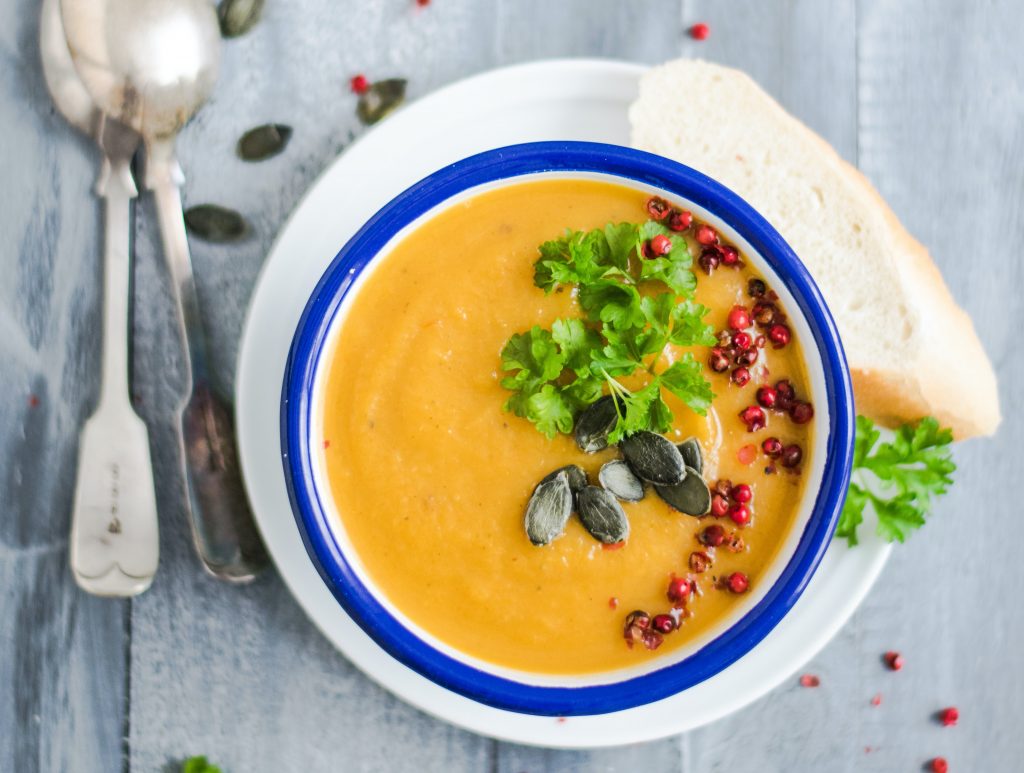
Vegan Banana Pancakes
This is the absolute easiest recipe I have ever found for vegan banana pancakes. You can top it with any fruit that is in season in Korea. It’s a no brainer, delicious, and perfect for a lazy Sunday morning at home.

Rainbow Salad
With this power salad recipe, you can mix and match how you want your salad to taste and what healthy ingredients you want to put in. On occasion I do eat the salad with salmon sashimi because I’m not a super strict vegetarian. (I had to ease up because it’s hard not to consume meat products here). I hope you enjoy it and also add it to your diet.
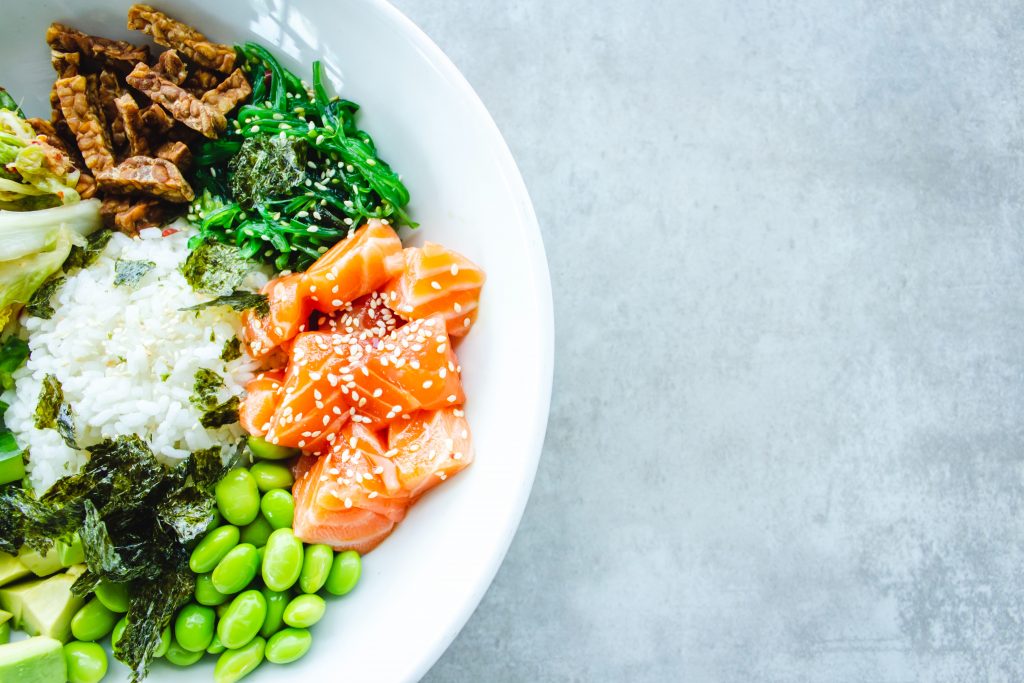
I hope you find these tips, tricks, and recipes for staying vegetarian in Korea super useful. Make sure you bookmark this post because I will update it with more recipes, phrases, and restaurants as I go along.

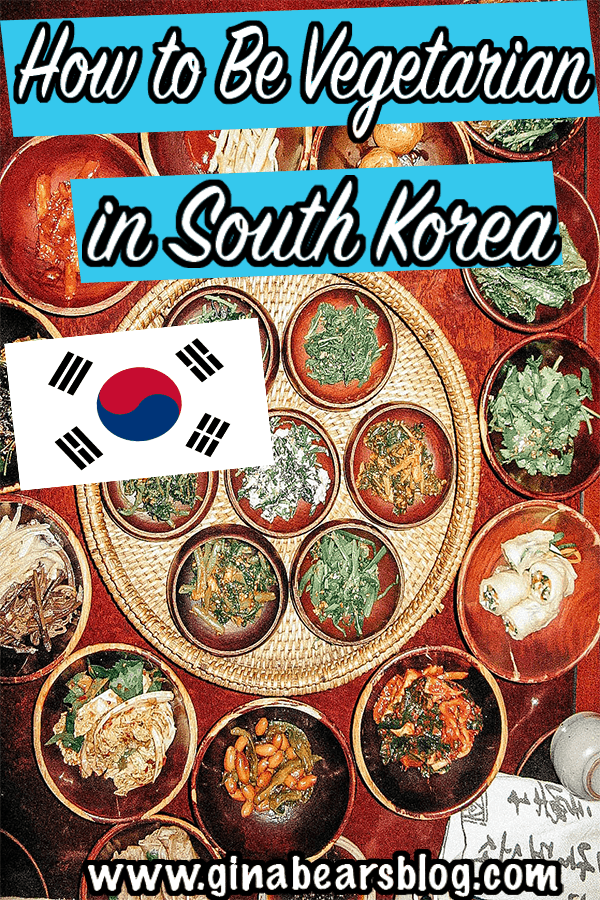
This post contains affiliate links which means at no additional cost to you, I make a small commission to help keep Gina Bear’s Blog running. Thanks for your support!
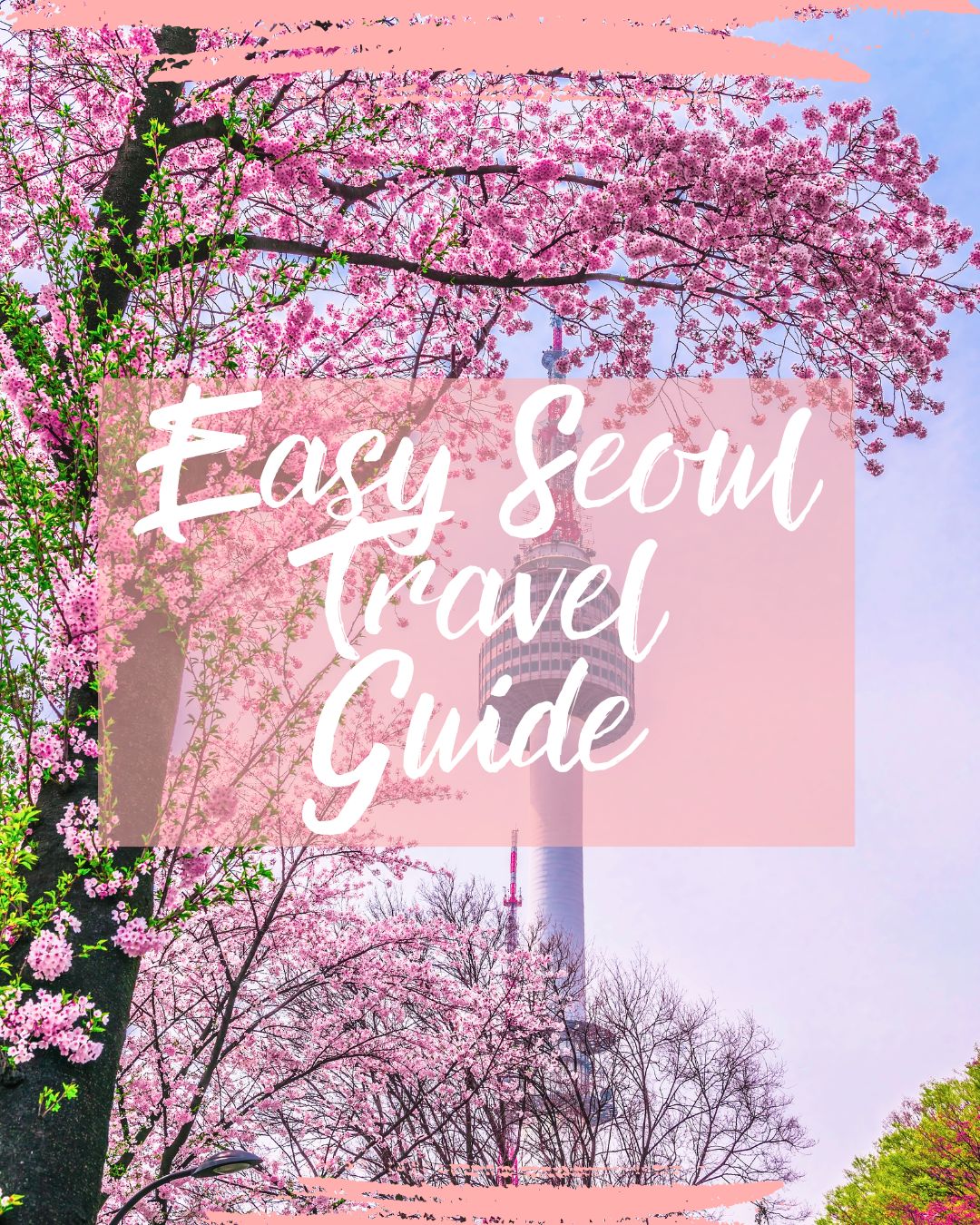
Free Seoul E-Book
Do you love South Korea?
Enter your name and email address and click the button below to receive your Easy Seoul Travel Guide so you can travel like a local!






